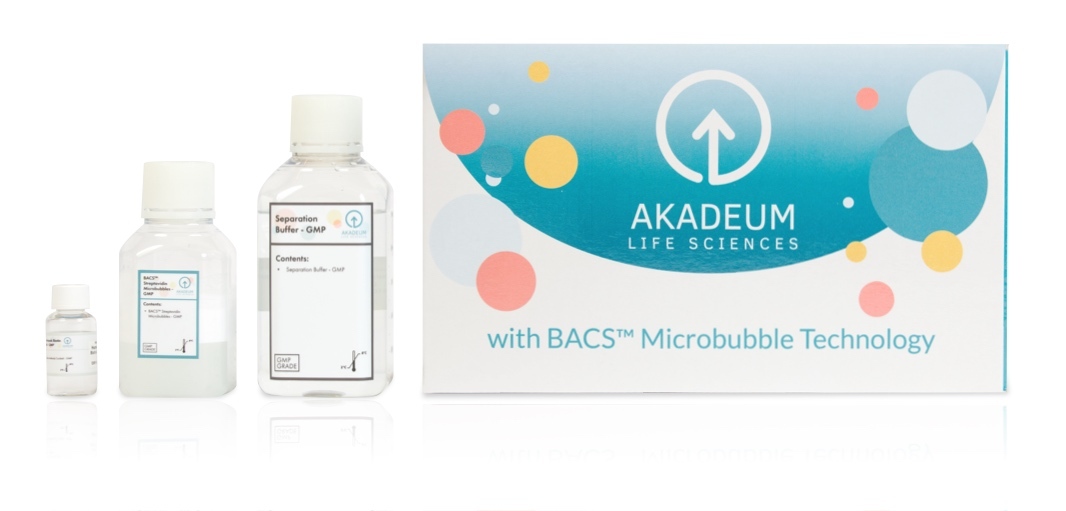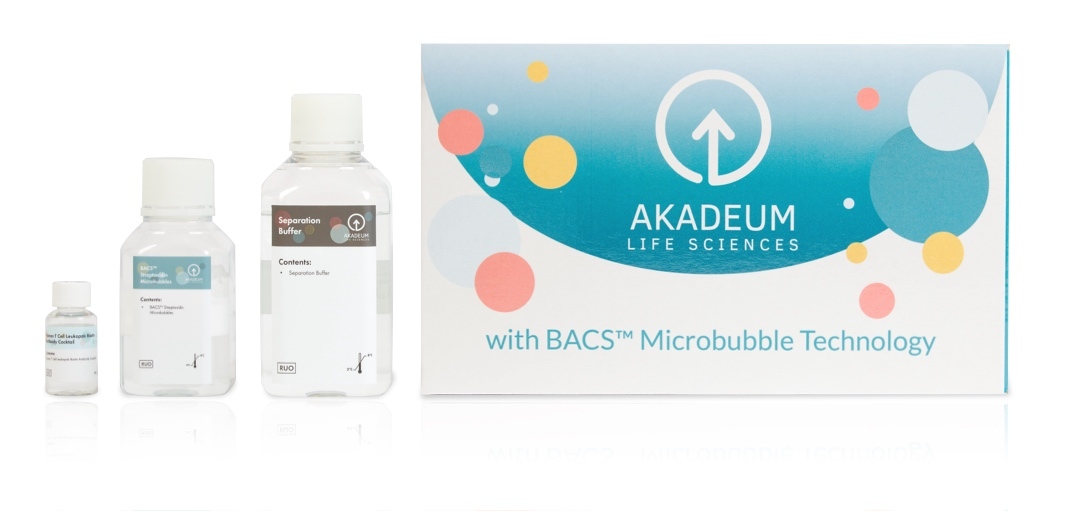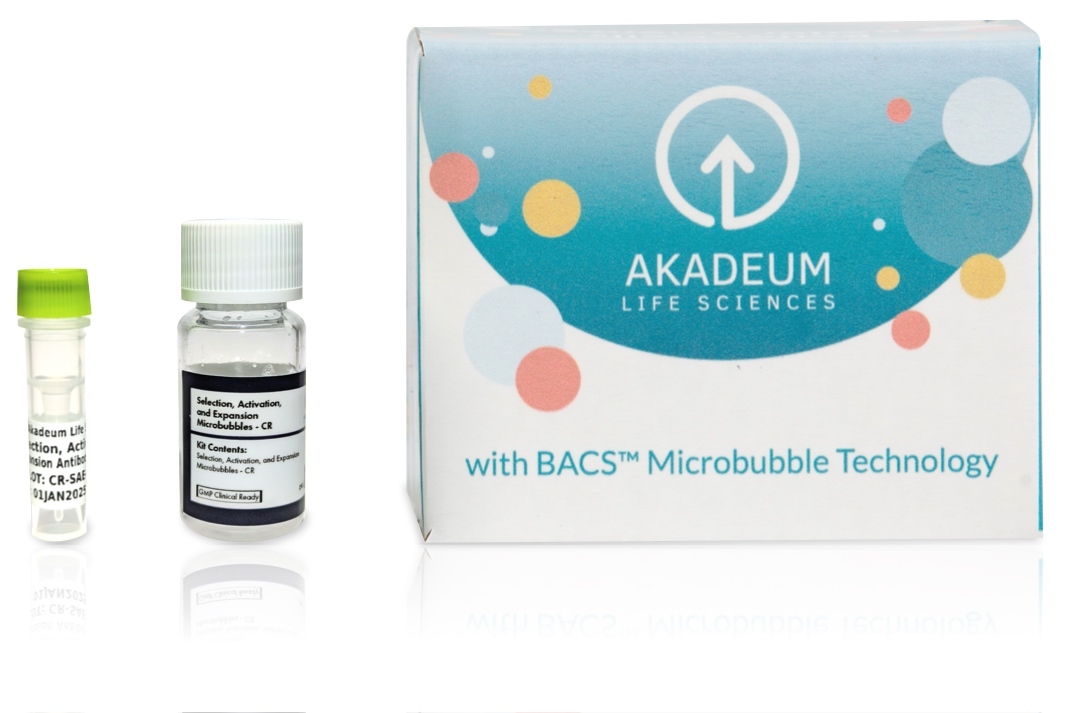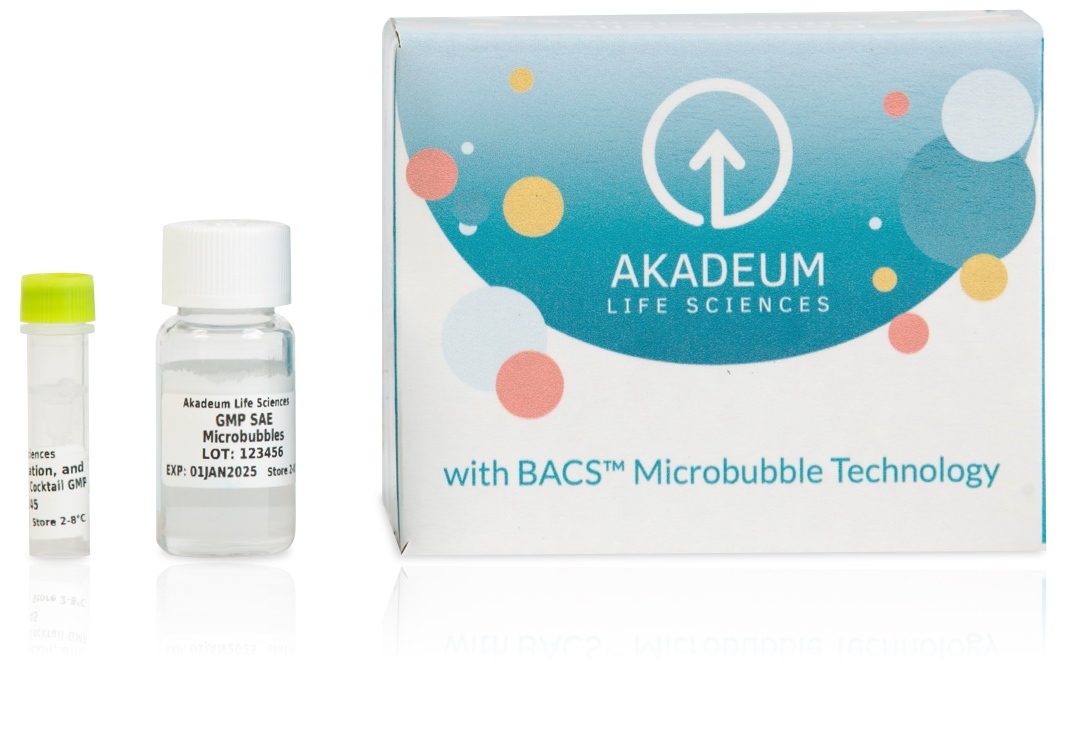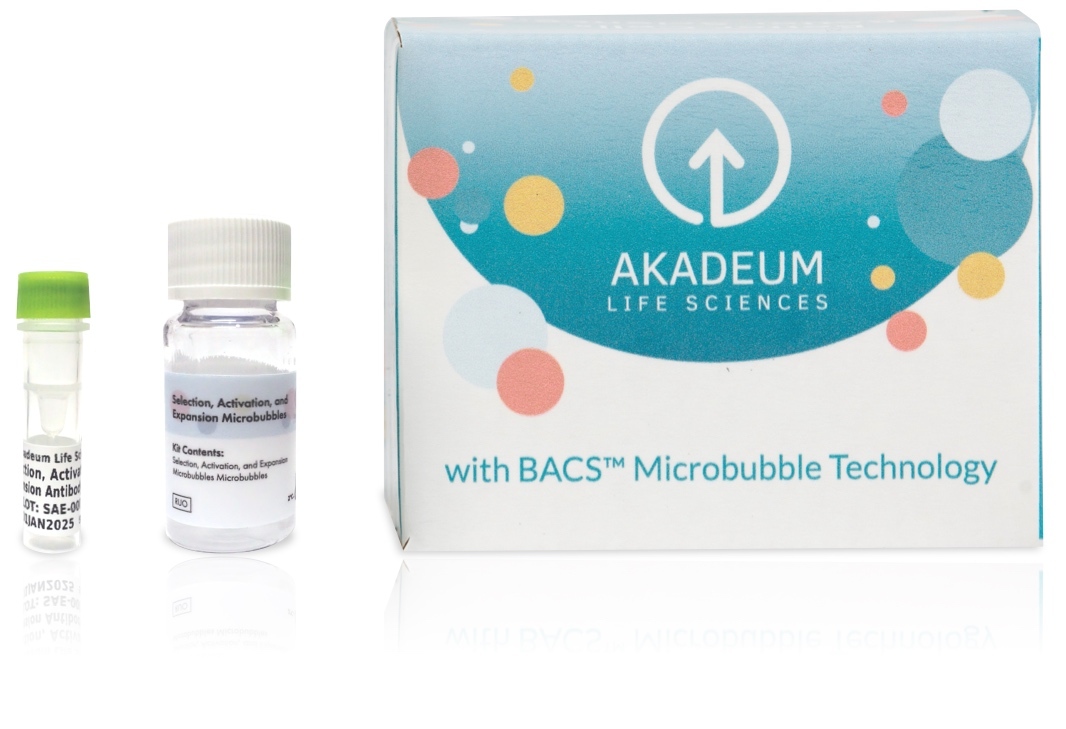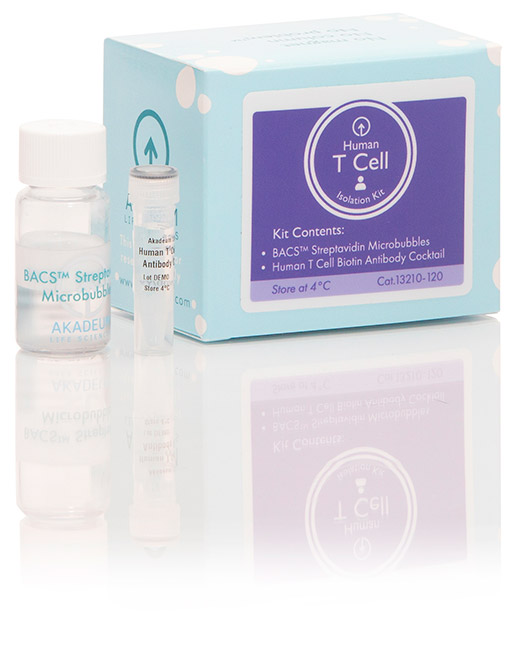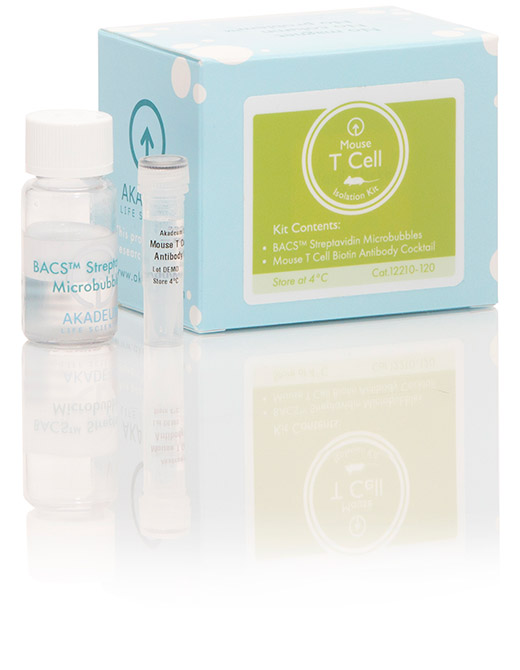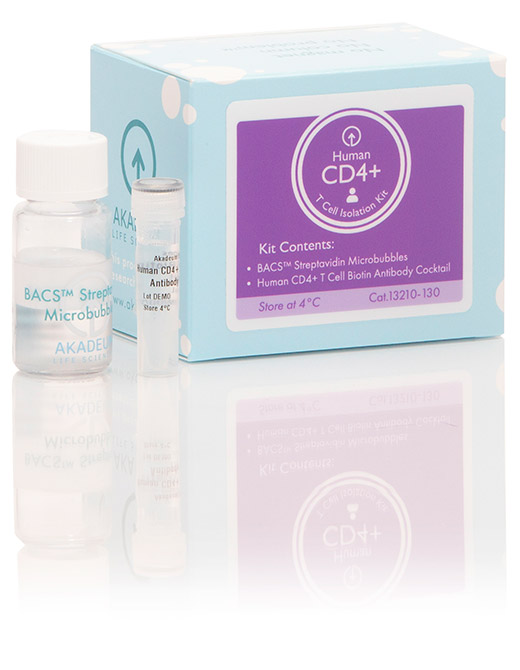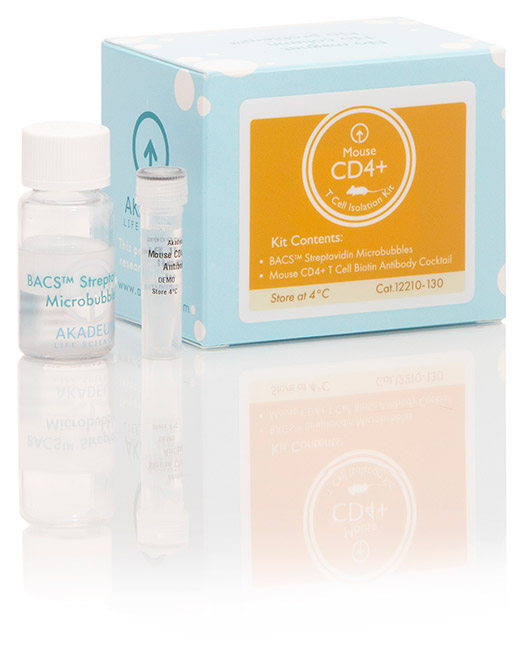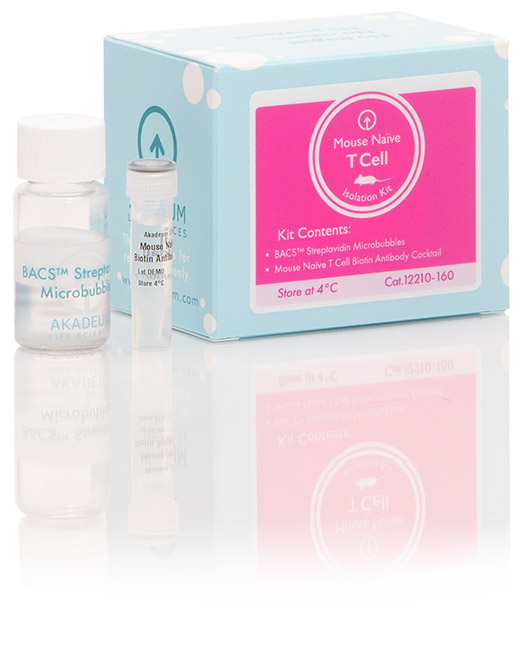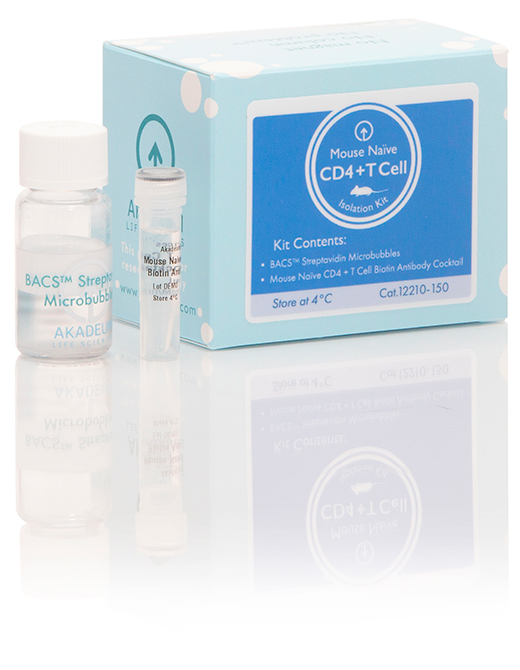View our Buoyant Microbubble Cell Separation Products
T Cell Isolation Products
Akadeum’s extensive line of scalable T cell isolation products has you covered whether you are developing large-scale cell therapy workflows or conducting small-scale research with murine cells.
Leveraging the properties of microbubbles, Akadeum has developed the first at scale negative selection kit (Human T Cell Leukopak Isolation Kit), enabling untouched cells and a workflow desired by researchers for years.
No matter the scale or species, microbubble-based kits provide gentle, fast isolation with the cell health, viability, purity, and yield needed to advance your work.
What Are T Cells?
T cells along with B cells make up the two main types of lymphocytes. Hematopoietic stem cells (HSCs) in the bone marrow give rise to T cells, which migrate to the thymus. T cells multiply in the thymus where they become memory T cells or differentiate into regulatory T cells (Tregs), helper T cells (Th cells), and cytotoxic T cells (Tc or killer T cells). Differentiated T cells leave the thymus where they circulate through the bloodstream and lymphatic system or patrol peripheral tissues for pathogens.
T cells are defined by their T cell receptor (TCR), which confers unique antigen binding specificity to each T cell. The TCR enables T cells to recognize and respond to foreign objects in the body. T cells become activated upon engagement of their TCR with its target antigen. When activated, Th cells secrete cytokines that can trigger differentiation of B cells into antibody-producing plasma cells. Tc cells bind to and kill target cells while Tregs act to balance immune responses.
What Is T Cell Isolation?
T cell isolation is the process of separating T cells from other cell types in a biological sample. T cells can be identified by surface markers like CD3, CD4, and CD8.
Cell separation is a critical step in the research process. The presence of unwanted cells can create background interference and make it difficult to identify, study, and analyze T cells.
Isolated T cells can be analyzed, used in a variety of downstream applications, or genetically manipulated for research purposes.
How to Isolate T Cells
The choice of cell separation technology is important because the approach researchers use determines the quality of the isolated T cell populations and the accuracy of any further studies on those cells.
Popular T cell isolation protocols include the following:
- Aptamer-based cell isolation
- Density gradient centrifugation
- Filtration
- Fluorescence-activated cell sorting (FACS)
- Magnetic-activated cell sorting (MACS)
Unfortunately, these traditional technologies can be expensive, difficult to use, and slow. Some of them require several centrifugation steps and may not work well with frozen samples or small volumes.
We’re here to share another option with you: Akadeum’s BACS™ microbubble technology.
What Is the Best Method for T Cell Isolation?
Microbubbles are an excellent alternative to typical T cell isolation products. Our BACS™ technology quickly captures unwanted cells and floats them to the surface of a liquid sample for easy removal.
Akadeum T cell isolation kits don’t need any additional or expensive equipment. No magnet or column required. The technology is easy to use, significantly reduces sorting times, and isolates cells to a high level of purity.
And, if samples require more sensitivity than other T cell isolation products can provide, microbubbles are especially effective. There are no harsh magnetic forces at play here. Just microbubbles that gently sort cells.
Akadeum’s T Cell Isolation Kits Are the Answer
Akadeum T cell isolation kits are an effective way to separate T cells from unwanted cell populations in a biological sample.
Step 1: Unwanted cells are labeled with biotinylated antibodies and then mixed with microbubbles.
Step 2: Microbubbles bind to unwanted cells and then float to the top of a cell sample for removal.
Step 3: T cells are left untouched and ready for downstream applications.
It’s really that easy.
Find out for yourself by trying our BACS™ microbubble technology today.



